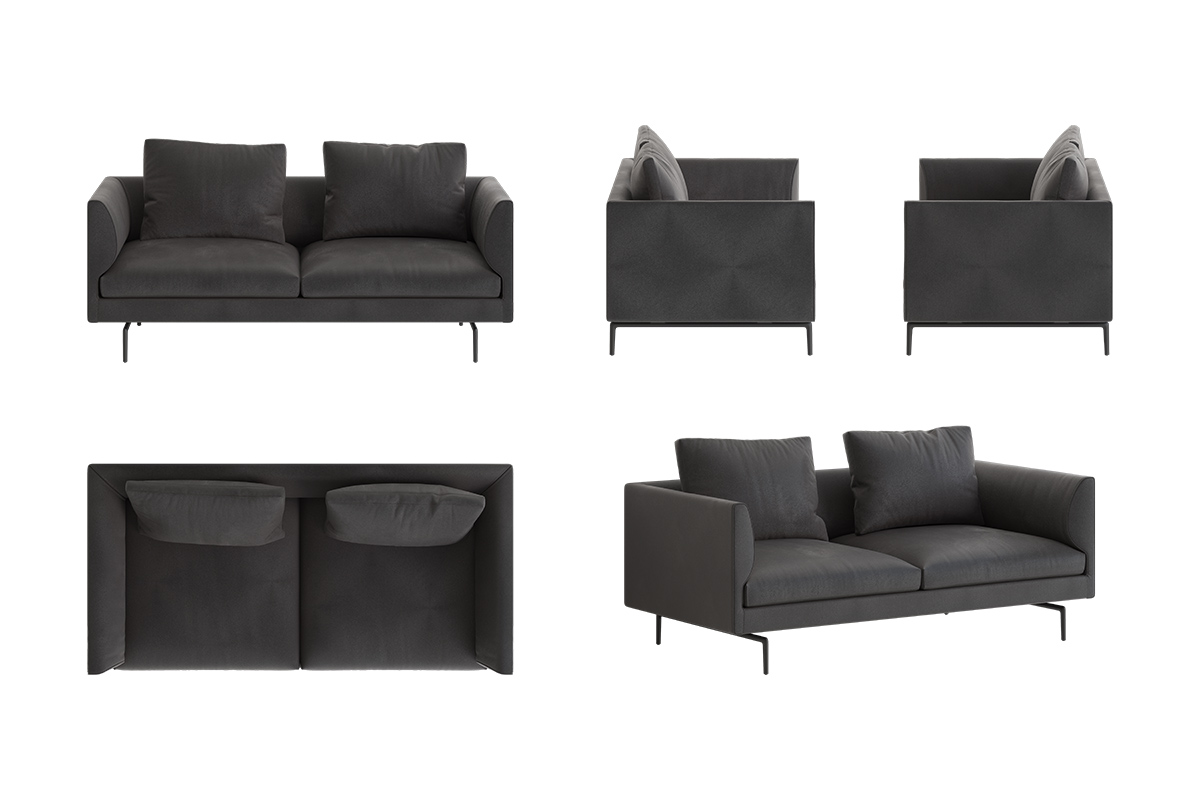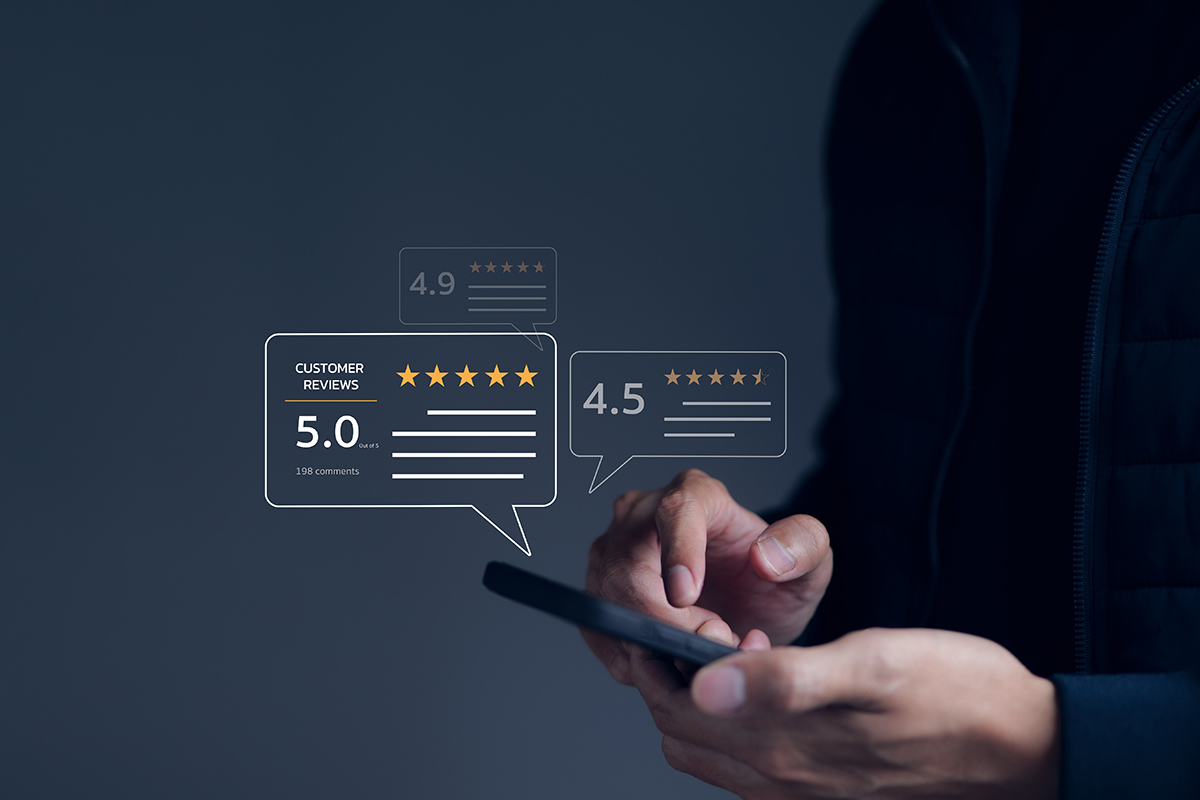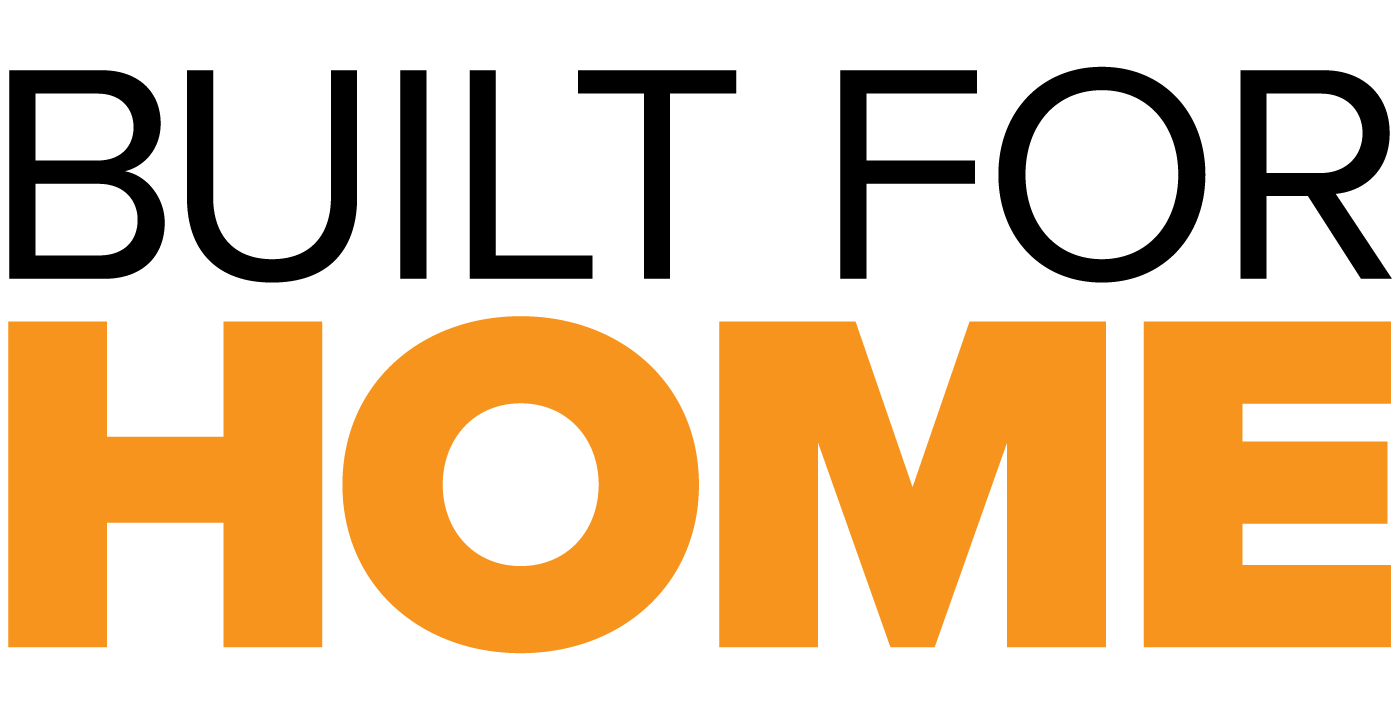Quick Links
Table Of Content
If you’re a home product manufacturer, your website isn’t just a static page with product photos—it’s the very core of your marketing and sales strategy.
A well-designed site can spark interest, nurture relationships, and guide buyers from “just browsing” to “just bought”. But in a competitive (and increasingly tech-savvy) manufacturing industry, your site needs more than pretty pictures to make that happen.
You need to provide a fantastic user experience with an attractive and functional website that gets people to take action. And in this article, we’ll talk about the 7 website features your manufacturing website needs to do just that.
Go Mobile or Go Home:
Why You Need a Mobile-Friendly Site

Mobile now accounts for 77% of global eCommerce traffic. Closer to home in the U.S., 54.5% of online purchases during the 2024 holiday season were made via mobile devices. Translation? More shoppers than ever are browsing—and buying—on their phones.
Being mobile-friendly means your site automatically resizes and rearranges itself for smaller screens, so images look sharp, text is easy to read, and navigation menus aren’t a pain to click on. It also loads faster on phones, which cuts down on user frustration and creates a seamless user experience.
How Mobile-Friendliness Drives Sales
Think about contractors who are on the move, or interior designers working from multiple job sites. If they can’t easily view your product catalog and specs on their phone, they’ll probably head to a competitor’s site.
A mobile-friendly layout, easy-to-use search bar, and intuitive menu structure keeps them on your manufacturing site and guides them to that all-important “request a quote” or “add to cart” button.
Try This:
Give PageSpeed a whirl. It’ll highlight any issues your site might have so you can fix them fast. A responsive, speedy mobile experience can significantly up your conversion rates.
Be There 24/7:
Give Pros Their Own Portal & AI Assistant

A Pro Portal is basically a one-stop shop for professional buyers—think builders, architects, and resellers—who need quick access to product details, specs, or installation guides.
Pair it with an AI chat feature, and you’ve got round-the-clock customer service that can answer burning questions, provide relevant downloads, and collect leads while you sleep
How AI Chat Drives Sales
Professionals rarely have time to wait around for standard office hours. If they can’t find the info they need on your business website—chances are they’ll jump to a competitor’s. A Pro Portal keeps these VIP buyers engaged, making your site their go-to source.
With an AI chat helper, potential leads can get immediate answers and suggestions. Less friction means more trust, and more trust leads to more sales. These chatbots can even direct visitors to related products, boosting cross-sell and up-sell opportunities.
Start by listing the 10 most common questions your professional buyers ask (e.g., installation, specs). Use those to train your AI chat, and create easy-to-find resources within your portal.
Give Them the Goods:
Expand Details in Your Product Catalog

Designers and builders often need everything from product dimensions to finish options right at their fingertips. If your online catalog lacks clarity or buries key specs, you risk losing potential buyers to confusion (or to a brand that’s more transparent).
How Detailed Product Descriptions Drive Sales
Do a quick audit of your catalog. Are the measurements, finishes, and installation details all prominently displayed? If not, add them. And if you have an eCommerce component, be sure to include relevant downloads (like PDFs) for deeper dives.
Don’t Let Leads Slip Away:
Capture Them & Automate Follow-Up

Sometimes people land on your site just to browse around—or they might be close to buying something but want to double-check specs. If you don’t capture their contact info or have a way to follow up, you’ll never know who they were or how close you were to a sale.
How Automated Emails Drive Sales
Well-placed forms (on product pages, contact pages, etc.) turn casual visitors into actual leads.
Automated workflows kick in right after, sending personalized emails or texts that keep your brand top-of-mind. Think of it like a gentle nudge to finish their purchase or request a quote.
Keep lead capture forms simple. If you overwhelm visitors with too many fields, they’ll bail. Ask for just enough info (like name, email, and maybe one product interest question) to follow up.
Show, Don’t Just Tell:
High-Quality Visuals, Videos & AR

Augmented Reality (AR) lets people see your products superimposed into their real-world environment—like viewing a new chair in their living room through a smartphone camera. It’s a step up from static images or even video, making the shopping experience more interactive and fun.
Whether you’re selling lighting fixtures, cabinets, or flooring, your buyers want to visualize how that product will look and function in their space. Crisp images, short videos, and AR features help them do just that, which is huge for both homeowners and professional buyers.
How Interactive Content Drives Sales
If you’re not ready for a full AR rollout on your company website, start small. Pick your top one or two products and create a high-quality video, interactive demo, or higher quality visuals with more angles and in environments. Track how it impacts user engagement, sales, or inquiries before you expand.
Let Your Happy Customers Do the Talking:
Reviews & Testimonials

When potential customers see glowing testimonials from professionals (like a builder who swears by your roofing materials) or homeowners who love your product’s durability, it makes them feel more confident. This is social proof at its finest.
How Customer Reviews Drive Sales
92% of people hesitate to buy from a website if there are no reviews. Social proof removes that doubt.
If you’ve got high-quality, user-generated reviews shown on your site, new visitors will see that others have already put their faith in your brand—and that it paid off. That reassurance can tip the scales toward a purchase.
Set up automated emails asking recent buyers for feedback or reviews. Include a direct link where they can share their thoughts. This simple step can quickly populate your site with recent, relevant testimonials.
Don’t Get Buried Online:
SEO & SEM for Better Visibility

A fancy website is pointless if nobody sees it.
Search Engine Optimization (SEO) helps your site rank well for relevant searches, while Search Engine Marketing (SEM) involves running targeted ads (like Google Ads) that capture the attention of people actively looking for products like yours.
Together, they get your brand in front of more potential buyers and funnel high-quality leads to your site.
How SEO & SEM Drive Sales
The moment a designer or homeowner realizes they need a new fixture, they’ll probably type some variation of “best under-cabinet lighting for kitchens” into Google.
If you’ve optimized your site with the right keywords (and possibly run an SEM campaign), your site could be one of the first things they see—leading them straight to your product pages.
Start by analyzing which pages on your site already get the most traffic using Google Analytics. Optimize those pages first by improving meta descriptions, adding relevant keywords, and ensuring internal links lead visitors to other valuable parts of your site.
Your next step…
Act on the “try this” sections, or contact Perk Brands.
If you’re looking for a more holistic approach—one that takes your entire marketing ecosystem into account—consider investing in our VMAP (Velocity Marketing Action Plan).
This is our strategic review and planning service, where we’ll look at your current efforts, figure out where the gaps are, and develop a customized roadmap to help you reach your biggest growth goals.

Ready to take that step?
Book a free call with us, and let’s pinpoint what needs tweaking (or overhauling!) to give your visitors the best possible experience—and you the best possible results.

